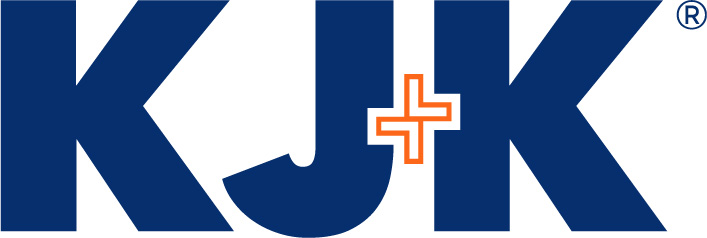By: Jim Sammon and Kyle Stroup
With bars and restaurants reopening across Ohio, the recovery process from the COVID-19 pandemic is in full force. For those bars and restaurants that received Paycheck Protection Program (PPP) loans as part of the CARES Act, more relief is on the horizon. President Trump signed the Paycheck Protection Flexibility Act into law on Friday, June 5, 2020, following its passage by Congress.
What Do the New Provisions of the Act state?
Perhaps most importantly for restaurants and hospitality related businesses, the Paycheck Protection Flexibility Act provides the following:
- Employee rehire date has been extended from June 30, 2020, to Dec. 31, 2020.
- Employers can also now fill the open positions with similarly qualified individuals and still be eligible for loan forgiveness.
- The threshold for spending PPP loan funds on payroll expenses has been reduced from 75% to 60%.
- Bars and restaurants will also find exceptions to the reductions in forgiveness where a bar or restaurant cannot return to pre-COVID-19 levels of business due to compliance with federal regulations related to COVID-19, such as modified layouts, physical barriers and personal protective equipment.
These changes may be the lifelines for which this industry was hoping.
What Does This Mean for Bars and Restaurants?
Restaurants and bars may benefit most from these new regulations. These measures will allow businesses more flexibility as they re-open – which is desperately needed. Other aspects include:
- Bars and restaurants can find additional forgiveness if they can show reduced business activity due to compliance with COVID-19 related regulations.
- Bars and restaurants can now offset the cost of personal protective equipment (PPE) and compliance with additional sanitation regulations, potentially providing additional capital for the business as they open with limited seating capacity.
Importantly, the Paycheck Protection Flexibility Act does not provide for constraints placed upon bars and restaurants by local or state orders. While Ohio’s orders may have been more stringent in some aspects, most of Ohio’s constraints are based upon National (CDC and OSHA) issued guidance.
To discuss the Act and its proposed new regulations, give Jim Sammon a call at 216.736.7235 or reach out to him via email at jpsammon@kjk.com or contact Kyle Stroup at 216.736.7231 or kds@kjk.com.
